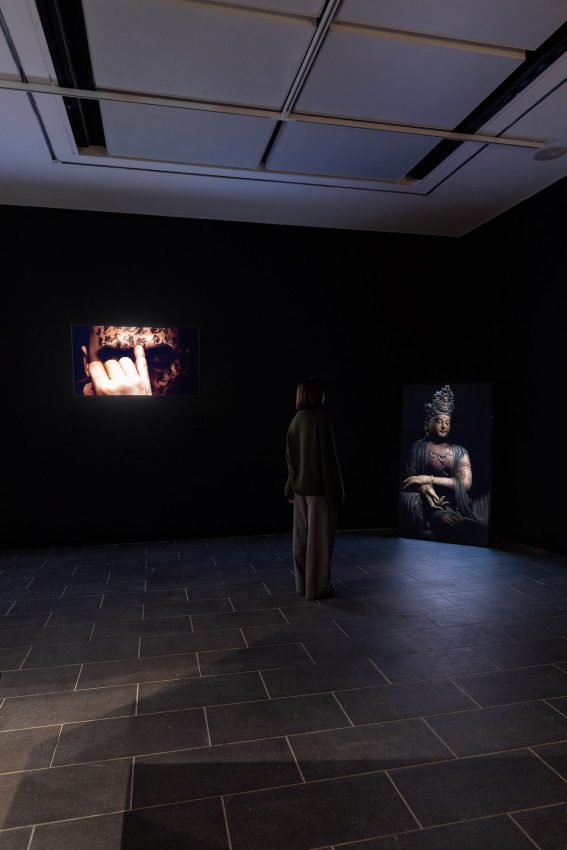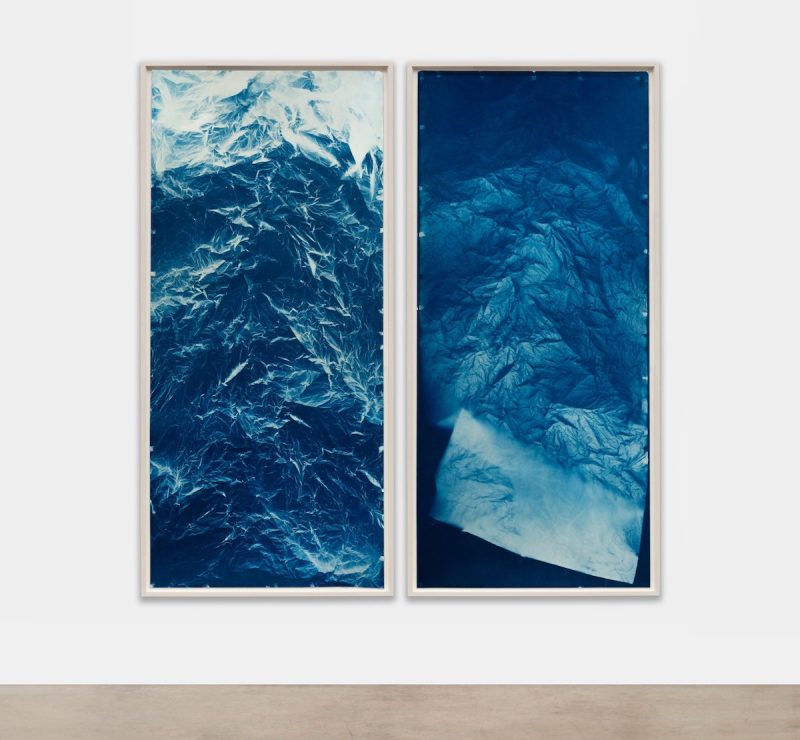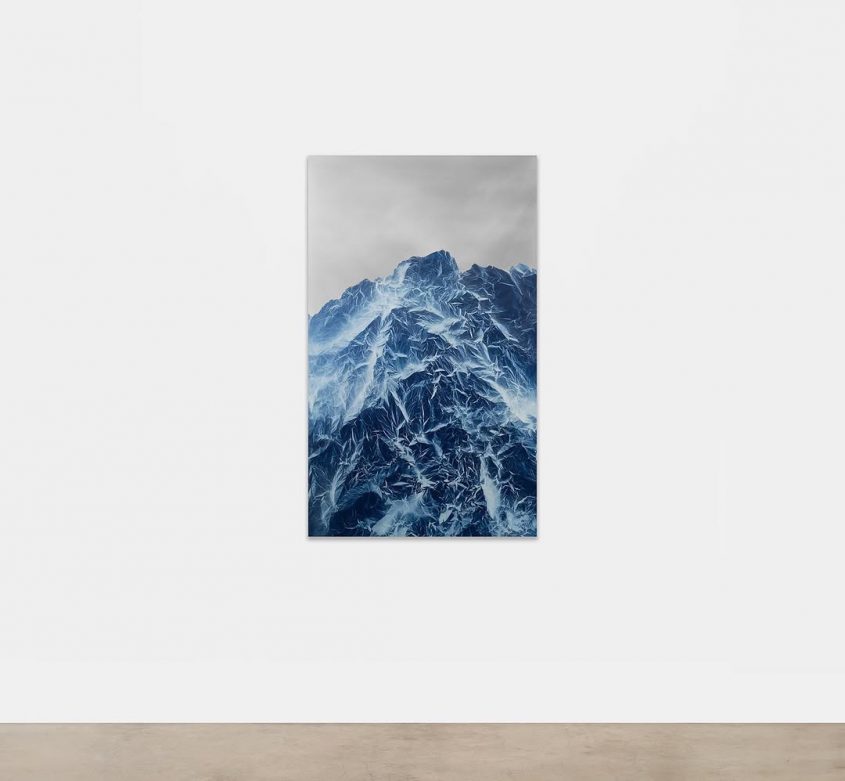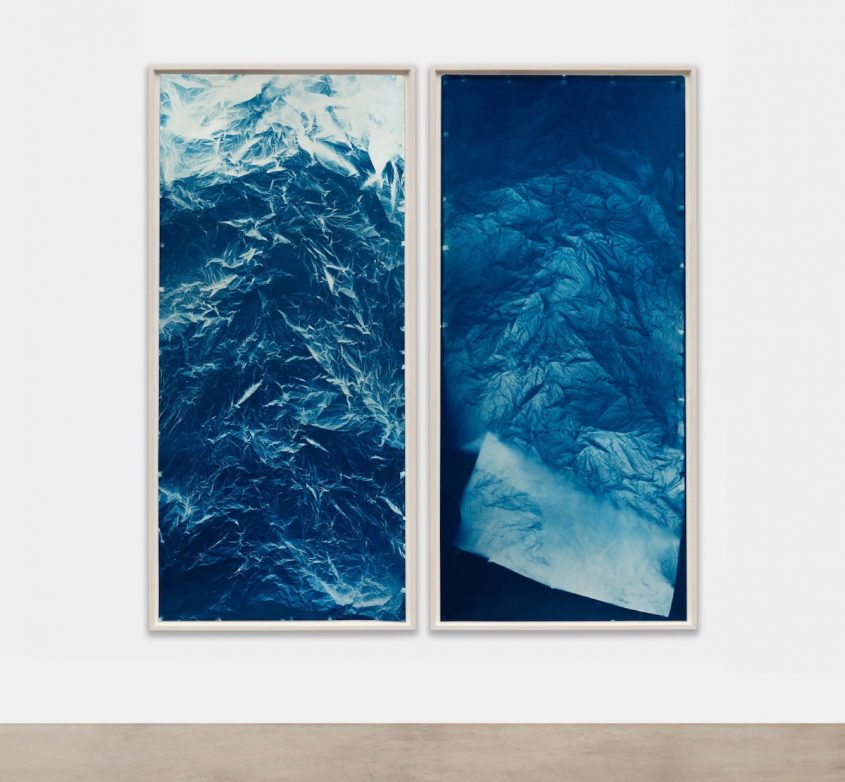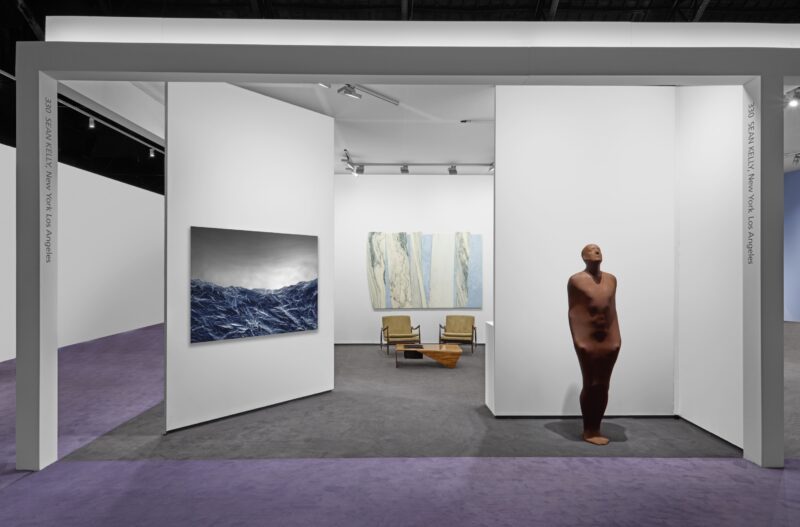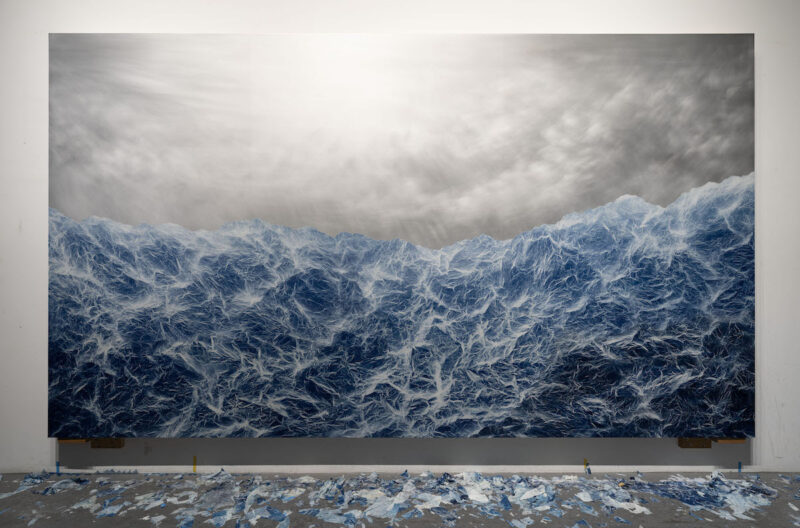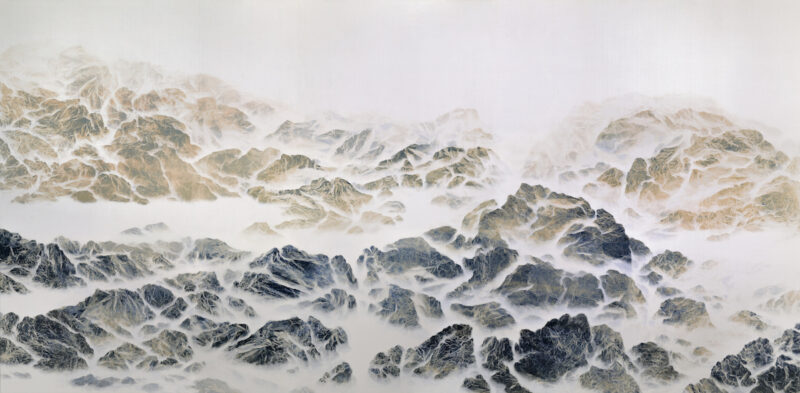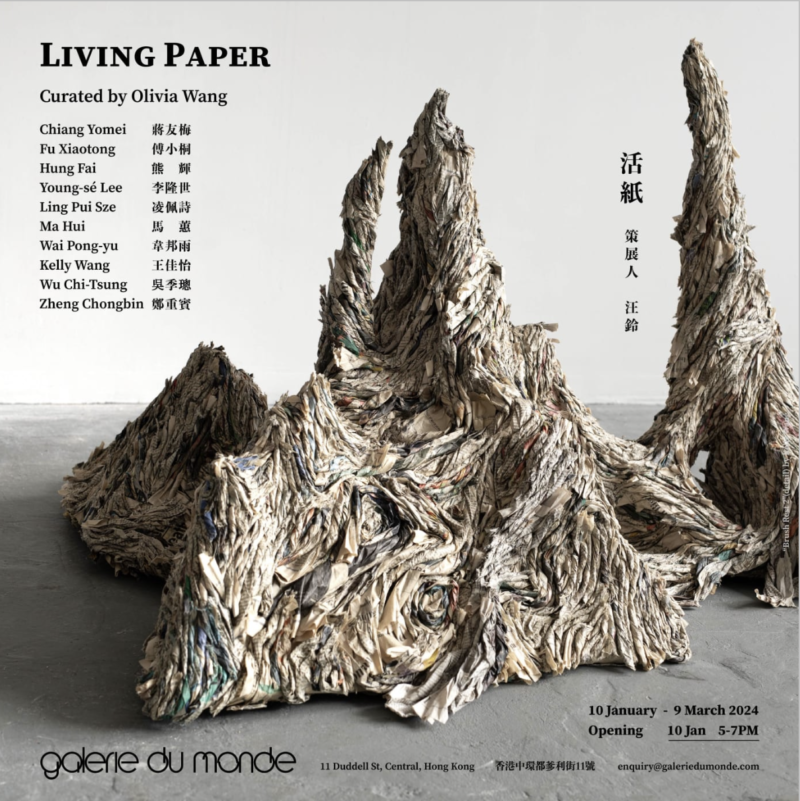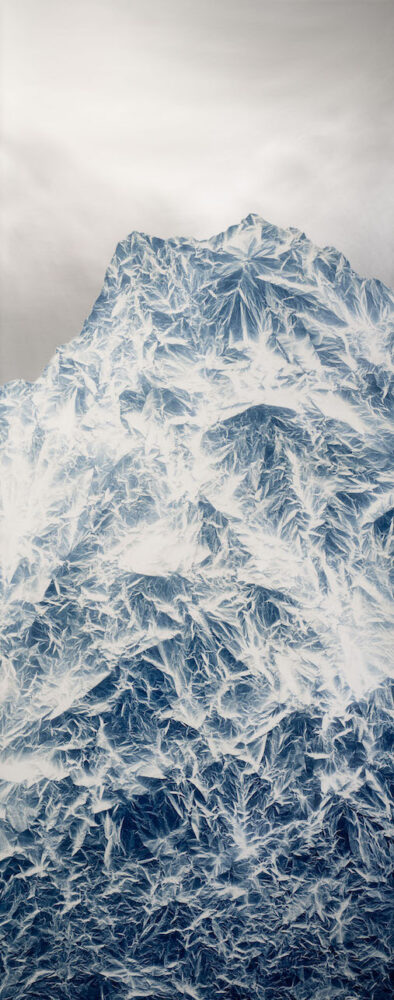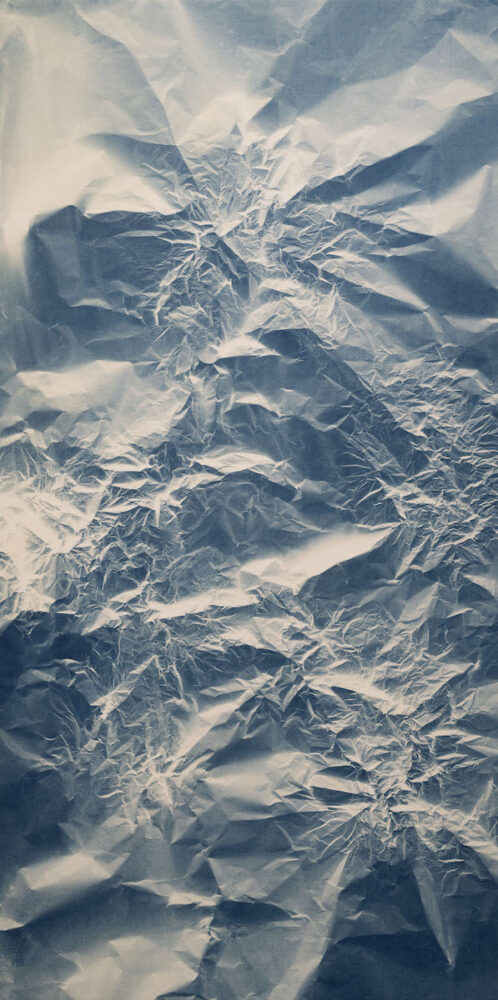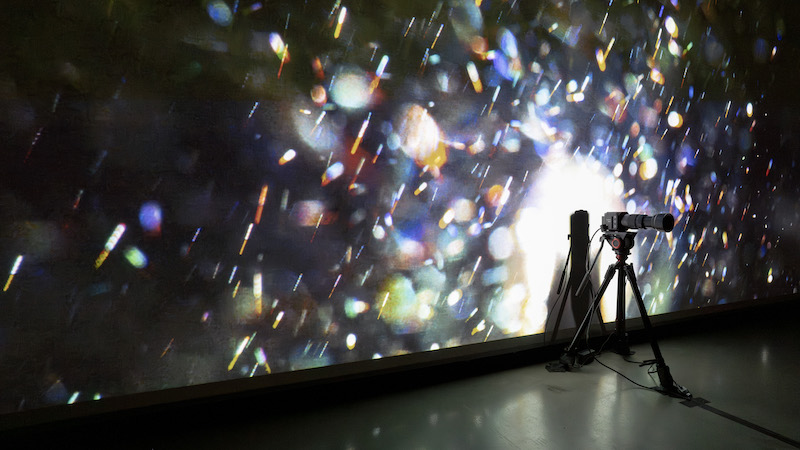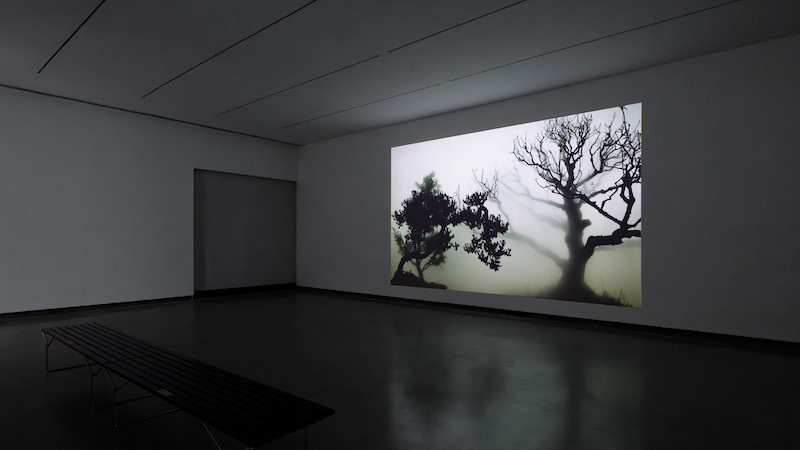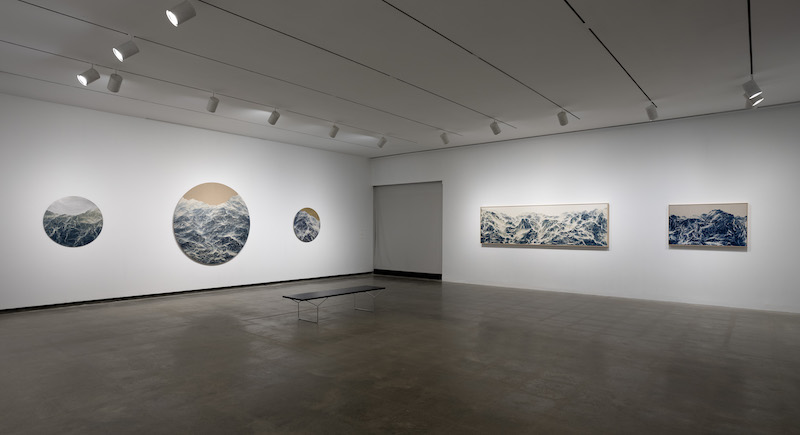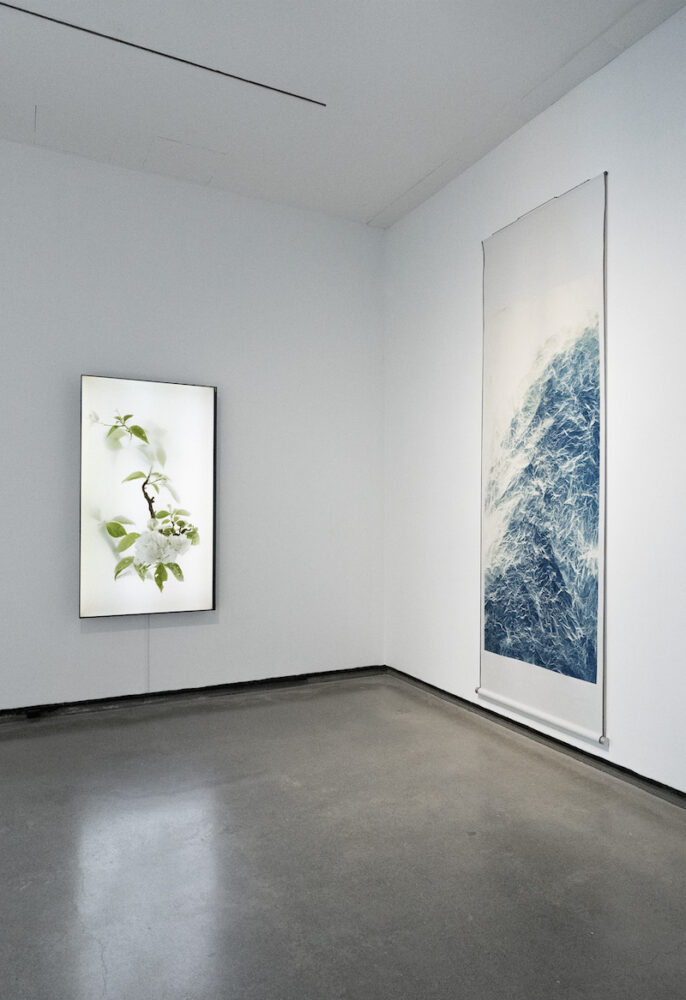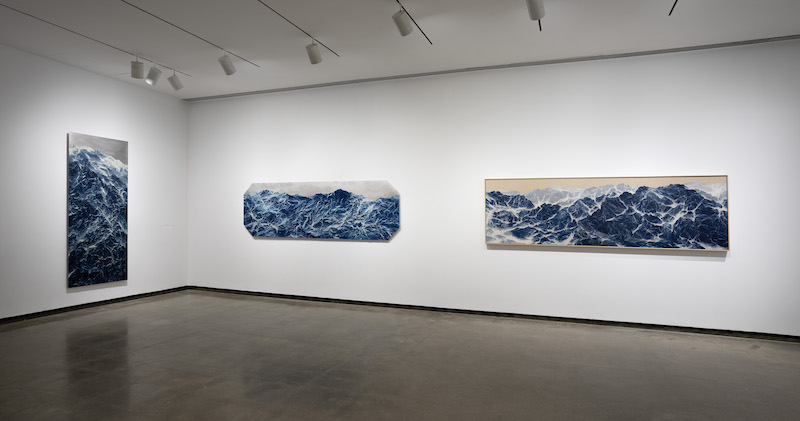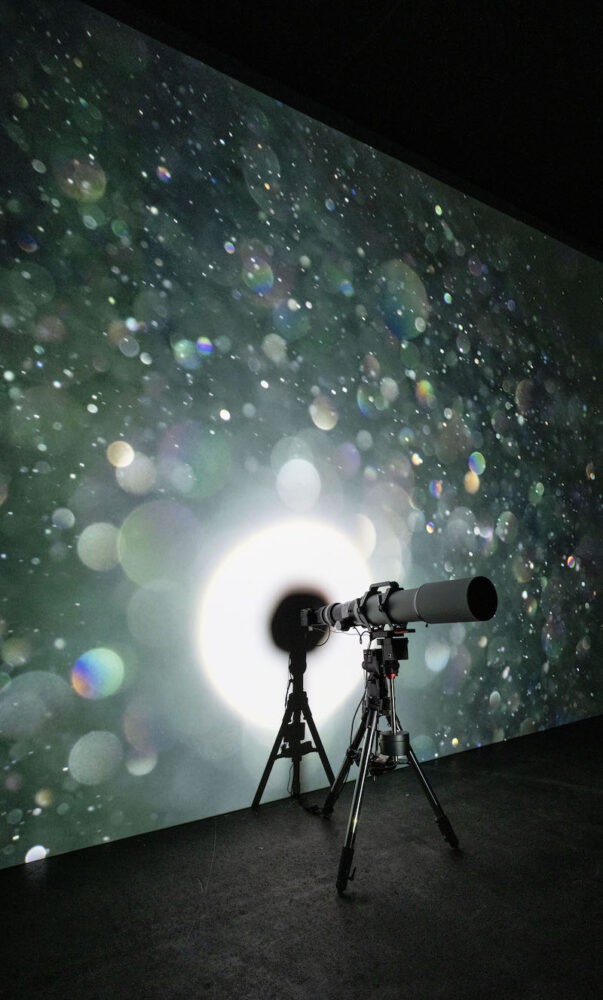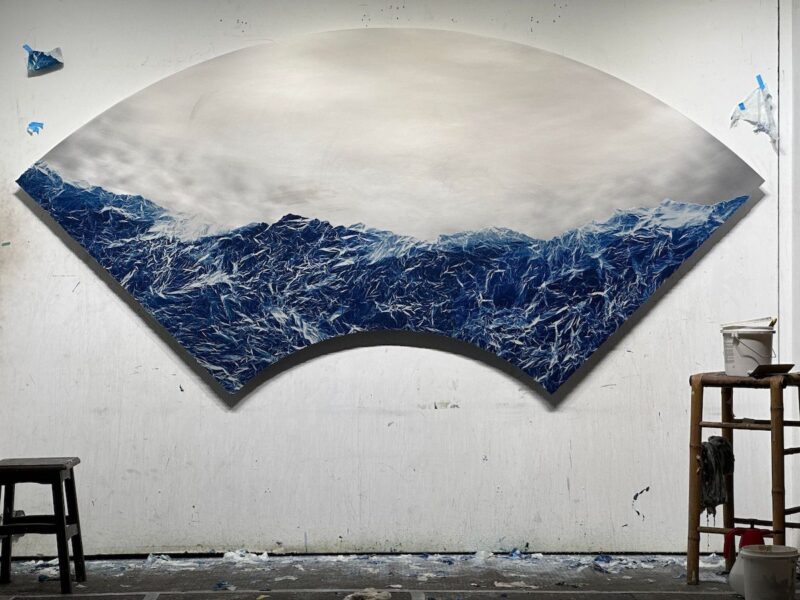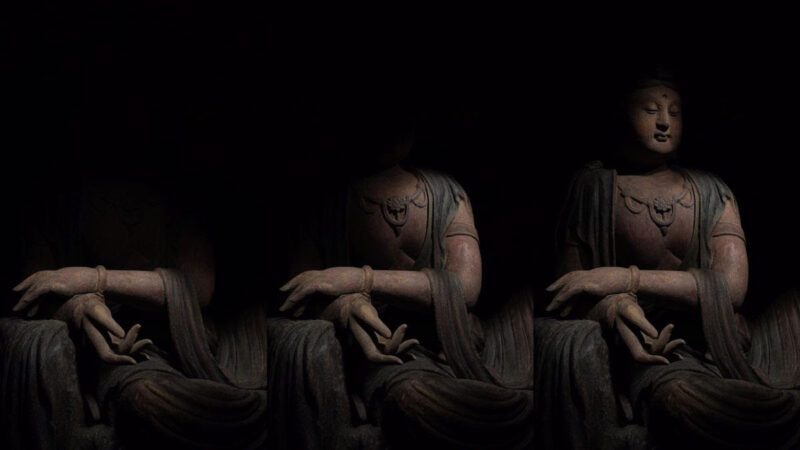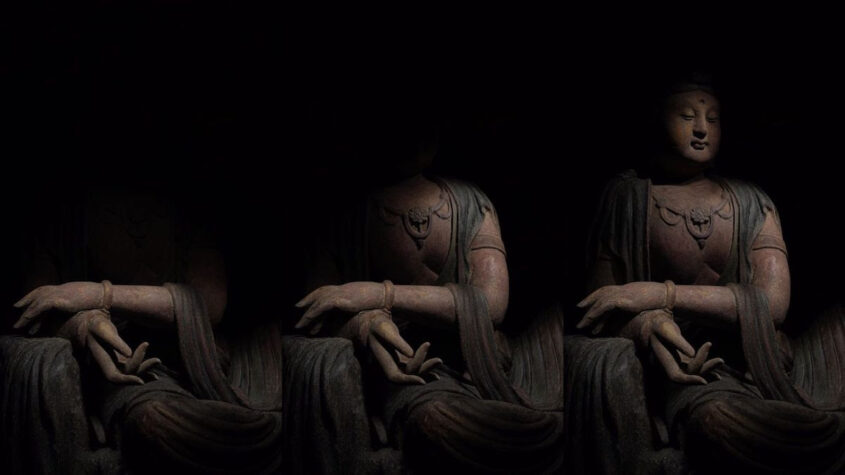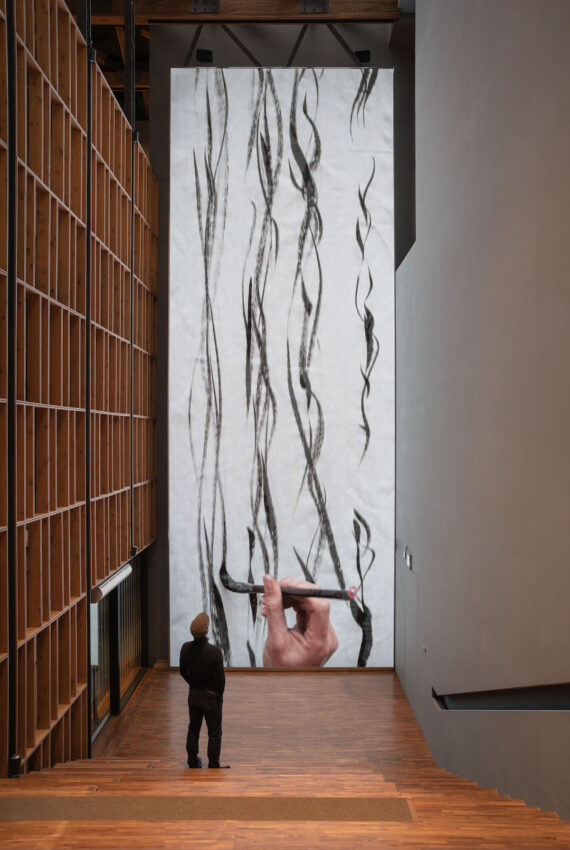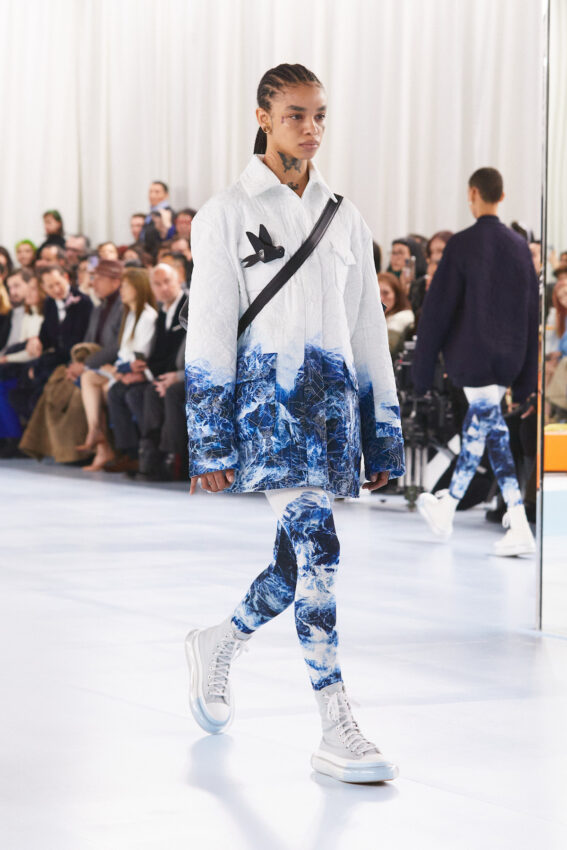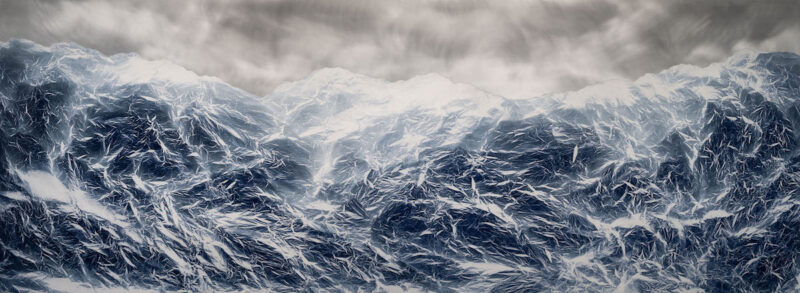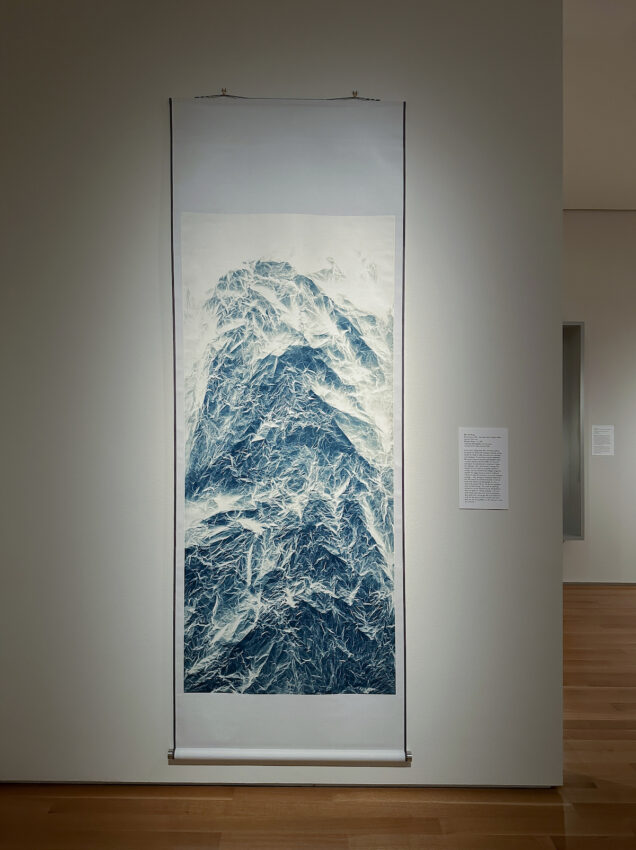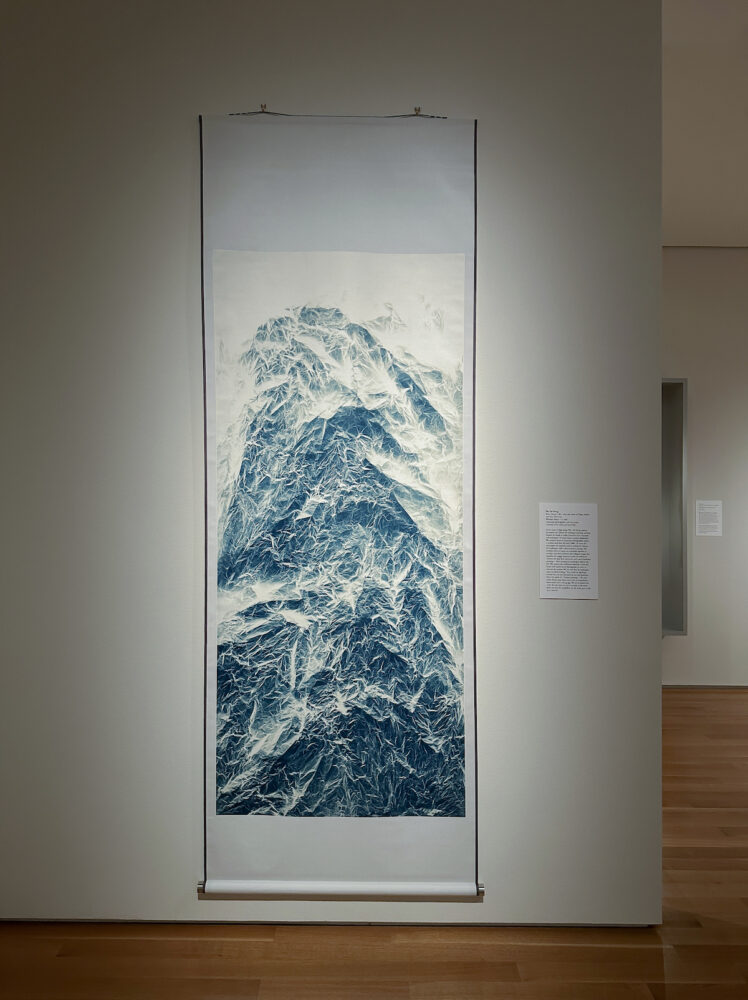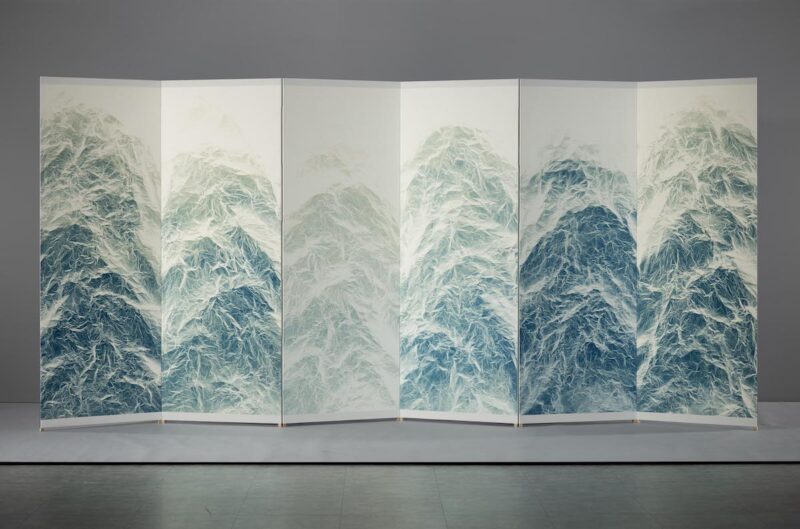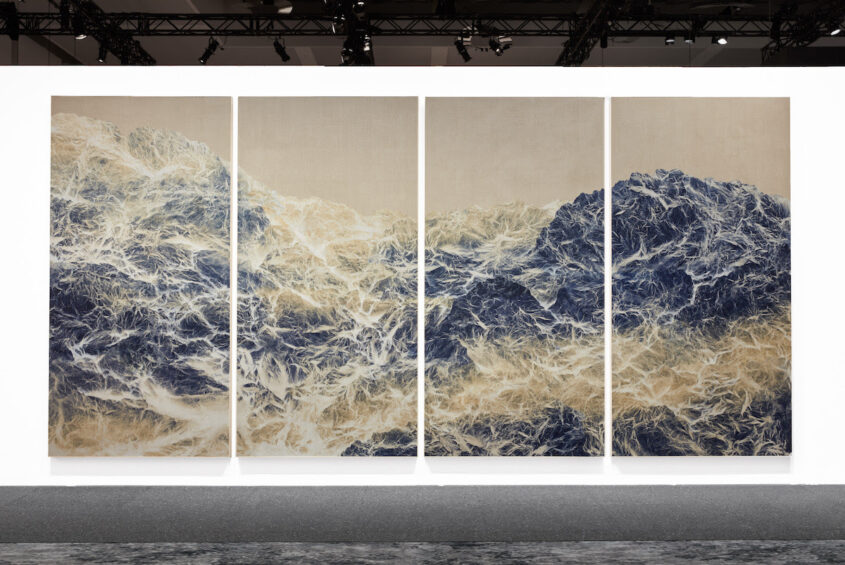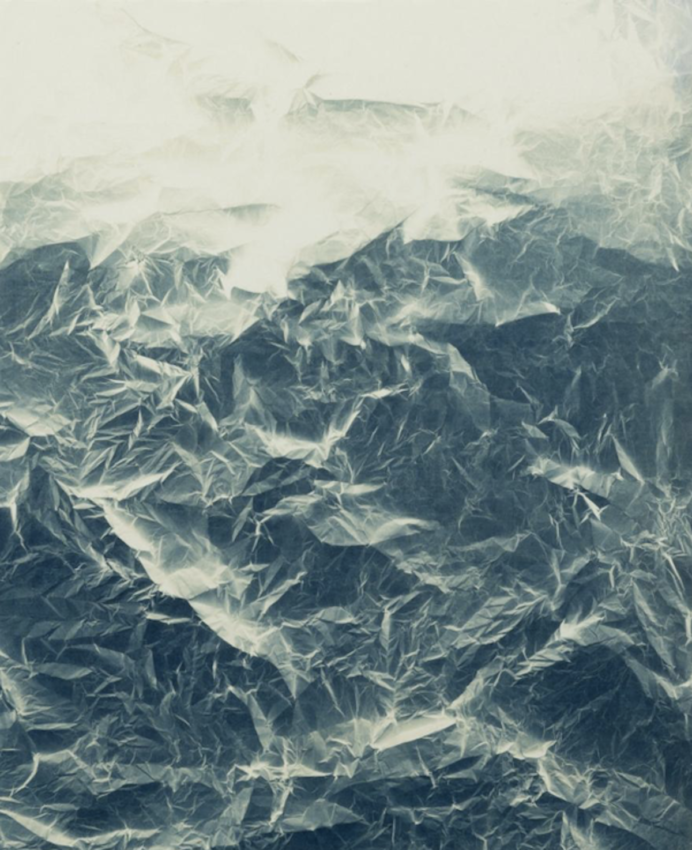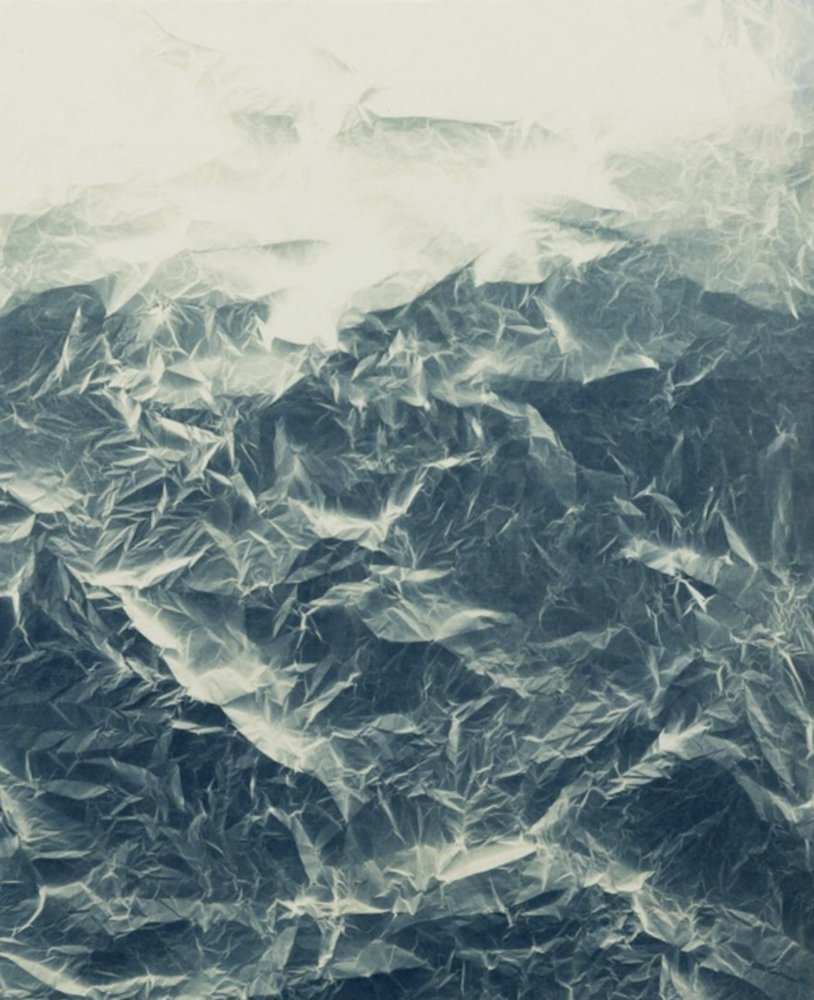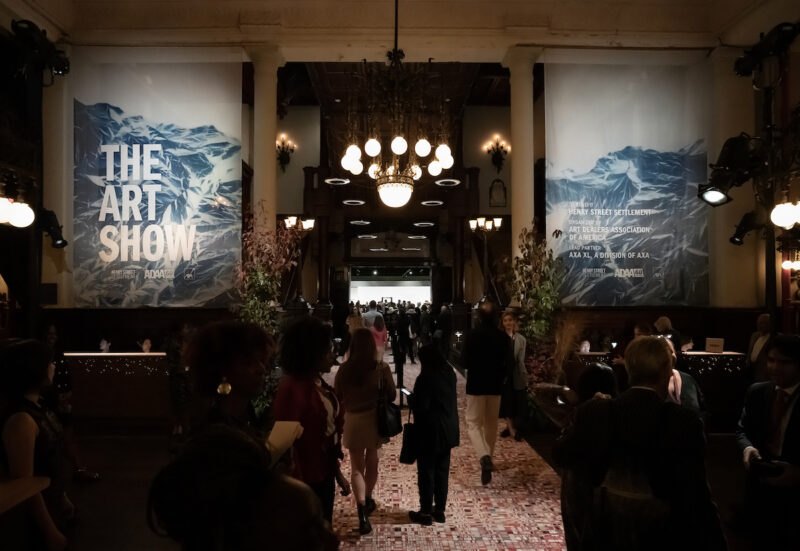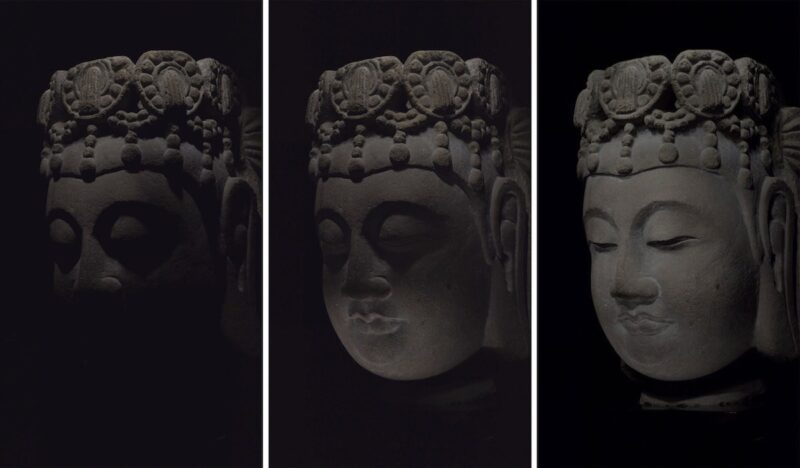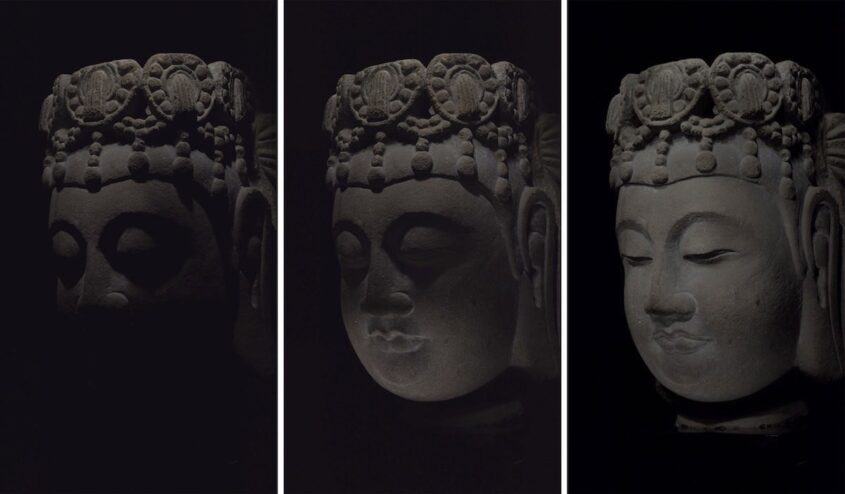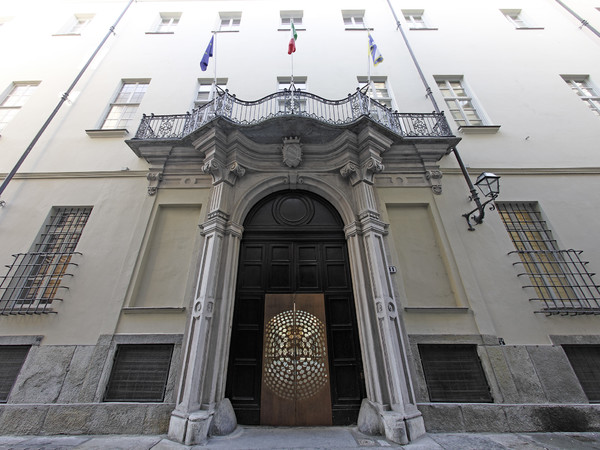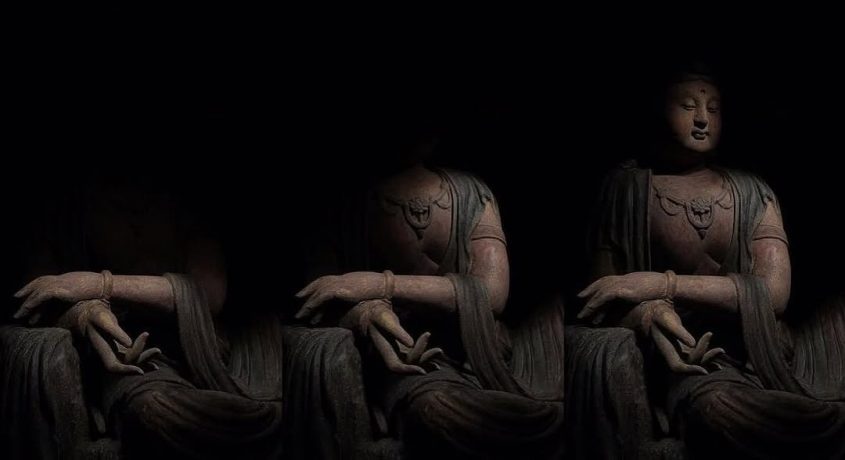
寫生習作—觀音菩薩自在坐
Single-Channel Video (no sound), 26-second loop. Commissioned by MAO, 2022
Shadow and Void: Buddha¹⁰
Opening reception January 17, 2025 18:00 – 20:00
Dates 18 January to 20 April 2025
Venue Esea contemporary, 13 Thomas St, Manchester
Wu Chi-Tsung’s Drawing Study Series will be presented at the group exhibition “Shadow and Void: Buddha¹⁰” at ESEA Contemporary in Manchester. The exhibition, a collaboration between the gallery and MAO (Museum of Asian Art, Turin), is curated by Xiaowen Zhu and Davide Quadrio. It intertwines scientific studies, contemporary art, and spirituality by showcasing recently restored Buddhist sculptures from the seventh to the eighteenth centuries CE, on loan from MAO, alongside contemporary works by Shigeru Ishihara, Lee Mingwei, LuYang, Sun Xun, Sinta Tantra, Wu Chi-Tsung, and Zheng Bo. The exhibition includes three new commissions created specifically for “Buddha¹⁰.”
The conceptual genesis of ‘Buddha¹⁰’ traces back to 2022, emerging from MAO’s critical initiative to excavate, analyze, and recontextualize its Buddhist artifacts. This scholarly endeavor poses essential questions about provenance, institutional presence, and the complex trajectories that brought these sacred objects to an Italian museum—interrogating not just their physical journey but their cultural translation and transformation.
Within this context, Wu Chi-Tsung presents Drawing Study — MAO Bodhisattva Guanyin, Ming-Qing Dynasty, a work that extends his innovative series initiated in 2021 during his collaboration with TAO ART SPACE in Taipei. Through an ethereal methodology, Wu employs light as his medium, wielding a flashlight as a luminous brush to trace the spectral presence of ancient Buddhist statuary. This specific piece to be exhibited —commissioned and acquired by MAO—capture the essence of a Buddha statue from the museum’s permanent collection. As light trails materialize in space, they gradually reveal the statue’s form, creating a meditative choreography that embodies yūgenism—that ineffable quality of profound grace and subtle beauty. This temporal-spatial intervention orchestrates a contemplative dialogue between contemporary artistic practice and centuries-old devotional objects, weaving a philosophical thread through time that questions our relationship with sacred artifacts and their evolving contexts.
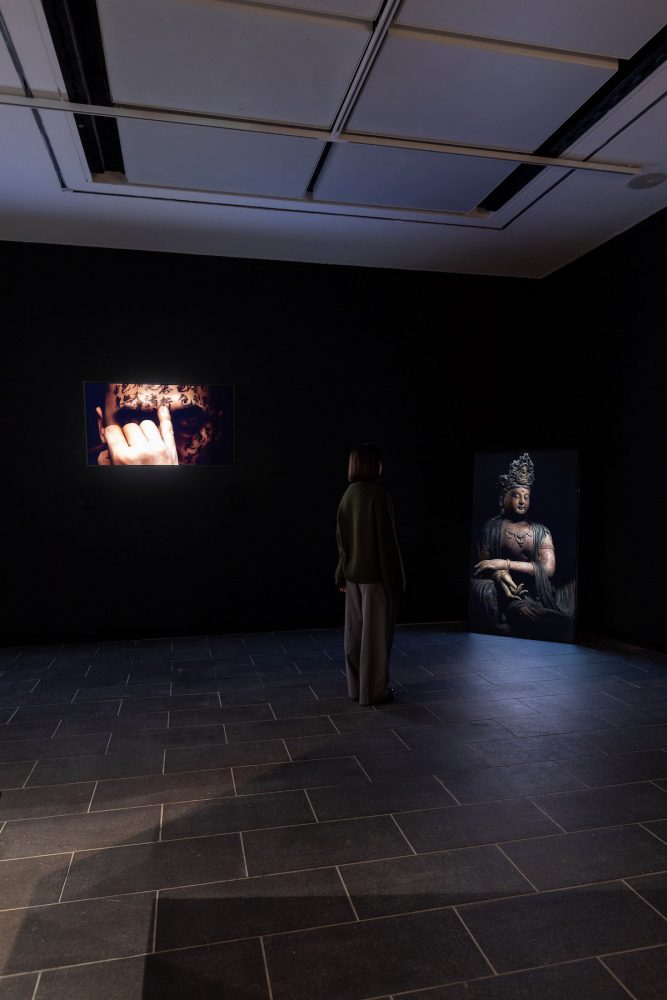
Shadow and Void: Buddha¹⁰
開幕酒會 2015年1月17日 18:00 – 20:00
展期 2015年1月18日至4月20日
地址 Esea contemporary, 13 Thomas St, Manchester
吳季璁的《寫生習作》系列將於曼徹斯特ESEA當代藝術中心群展「Shadow and Void:Buddha¹⁰」中展出。本次展覽由該藝術中心與都靈亞洲藝術博物館(MAO)合作,由朱曉聞與Davide Quadrio共同策劃。展覽交織了科學研究、當代藝術與靈性探索,呈現MAO博物館近期修復的七至十八世紀佛教雕塑,並與Shigeru Ishihara、 李明維、 陸楊、孫遜、 Sinta Tantra、吳季璁與鄭波等當代藝術家的作品並置展出,其中包含三件為「佛陀¹⁰」特別委託創作的新作。
「Buddha¹⁰」計畫始於2022年,源自MAO博物館對其佛教文物進行發掘、分析與重新語境化的嘗試。這項學術探索提出了關於文物來源、機構典藏及這些神聖物件如何輾轉來到義大利博物館的根本性問題——不僅探究其實體遷移的軌跡,更深入探討其文化轉譯與轉化的過程。吳季璁在此呈現《寫生習作—MAO觀音菩薩自在坐》,這件作品延伸了他2021年與台北TAO藝術空間合作個展時的系列創作,由MAO委託創作並收藏,捕捉了館藏佛像的本質精神。藝術家以光為媒材,運用手電筒作為發光的畫筆,描繪古老佛像的光譜痕跡。隨著光痕在空間中具現,逐漸顯露雕像的形態,創造出具有深邃優雅而微妙之美的幽玄之境。這件時空介入作品編織出當代藝術實踐與千年供奉物件之間的沉思對話,在時間之流中牽引出哲思的線索,探問我們與神聖文物及其演變脈絡之間的關係。
